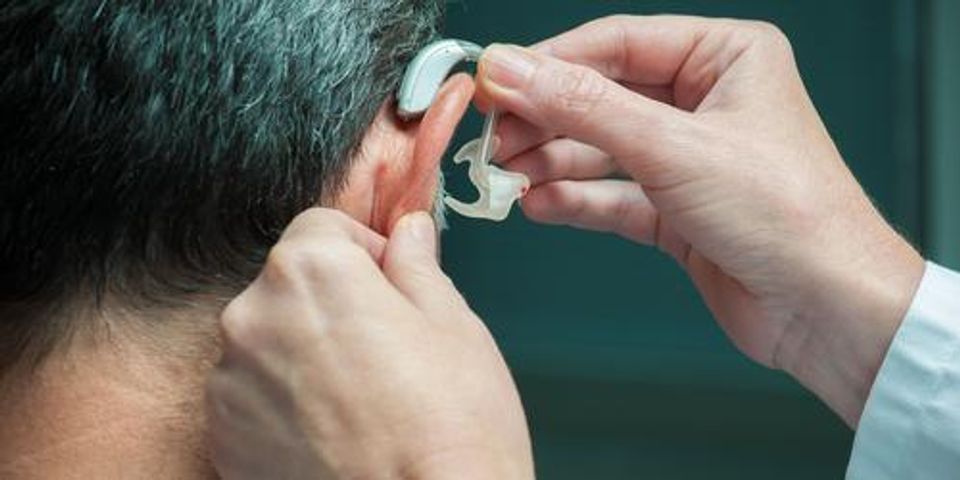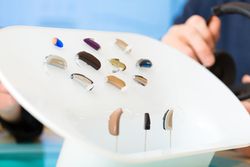
Following arthritis and heart disease as the third most common public health issue, around 48 million Americans, or about 20% of the population, report some form of hearing loss. Hearing aids make it possible to resume everyday activities, such as talking on the phone or listening to your favorite music. With so many different types of hearing aids out there, it’s important to know which options are available to you. Below is a guide to help you choose the right hearing instrument for your needs.
Discuss Your Priorities & Needs
Before discussing your options, a hearing instrument specialist or audiologist will first perform a hearing test to determine what type of hearing loss you have. This helps narrow down the types of hearing aids best suited for your needs.
When shopping for a hearing aid, consider your lifestyle and hearing needs. The right listening device for an active person differs from one best suited for a homebody. Ask yourself, do you want to hear music better at a concert, or do you just want to watch a TV show without setting the volume to max?
Understand Different Styles
Completely in the Canal (CIC)
 Best suited for those with mild to moderate hearing loss, CIC models are designed to fit inside of the ear canal. This small design provides a simple solution to hearing loss, providing an inconspicuous fit preferred by those who don’t want their listening device visible. Keep in mind that CICs don’t offer features like volume control or directional microphones, and their small batteries have a shorter lifespan than other models.
Best suited for those with mild to moderate hearing loss, CIC models are designed to fit inside of the ear canal. This small design provides a simple solution to hearing loss, providing an inconspicuous fit preferred by those who don’t want their listening device visible. Keep in mind that CICs don’t offer features like volume control or directional microphones, and their small batteries have a shorter lifespan than other models.
In the Canal (ITC)
ITC hearing aids are custom-molded to fit partially inside of the ear canal, providing less visibility than larger models. As a slightly larger option than CICs, they have a few more features but can be difficult to adjust due to their small size. Like CICs, they are susceptible to earwax buildup, which requires frequent cleaning to keep hearing clear.
Behind the Ear (BTE)
As one of the most common styles, BTE hearing aids sit behind or on top of the outer ear. A custom-fit mold uses tubing to route sound into the ear canal, providing more amplification than other styles. Though traditionally the largest option available, BTEs are available in different colors to match hair or skin tone. Mini BTEs are also available for less occlusion, which can also be beneficial for wearers who use glasses.
To discuss additional hearing aid options, consult the hearing instrument specialists at Heartland Better Hearing Inc. in Elizabethtown, KY. Their team administers hearing tests both in the office and at customers’ homes, showing a commitment to customer service that has earned them an A+ rating with the Better Business Bureau®. Learn more about their services online or call (270) 735-9352 to schedule an appointment.
About the Business
Have a question? Ask the experts!
Send your question

